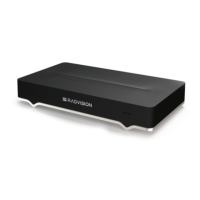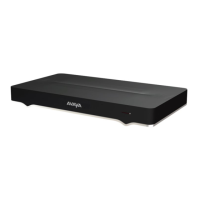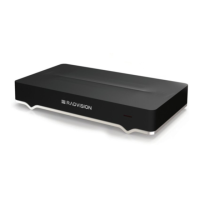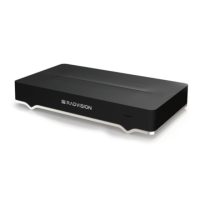Figure 17: XT Series deployment with PathFinder
In each of the topologies, the XT Series can be located either inside or outside the enterprise. You
need to open different ports depending on the topology, and the location of the endpoints. The
source for a port is the sender of data packets, and the destination is the receiver. There are two
types of ports which require opening (see
Figure 18: Inbound and outbound ports for the XT
Series on page 33):
• Bidirectional ports, which allow the XT Series to send and receive data packets on the same
port.
• Unidirectional ports, which allow the XT Series to either initiate communication or receive data
packets.
For a unidirectional port, you must designate it as inbound or outbound. A port is inbound if its
source is sending to a destination protected by the firewall (for example, data sent from an
external XT Series to Scopia
®
Management). A port is outbound if its destination is receiving
data from a source protected by the firewall (for example, data sent from Scopia
®
Management
to an external XT Series).
Figure 18: Inbound and outbound ports for the XT Series
Implementing Port Security for the Avaya Scopia
®
XT Series
April 2015 Avaya Scopia
®
XT Series Deployment Guide 33
Comments? infodev@avaya.com

